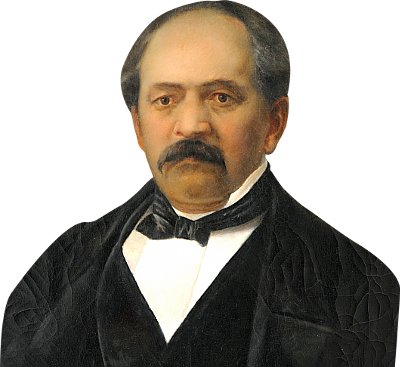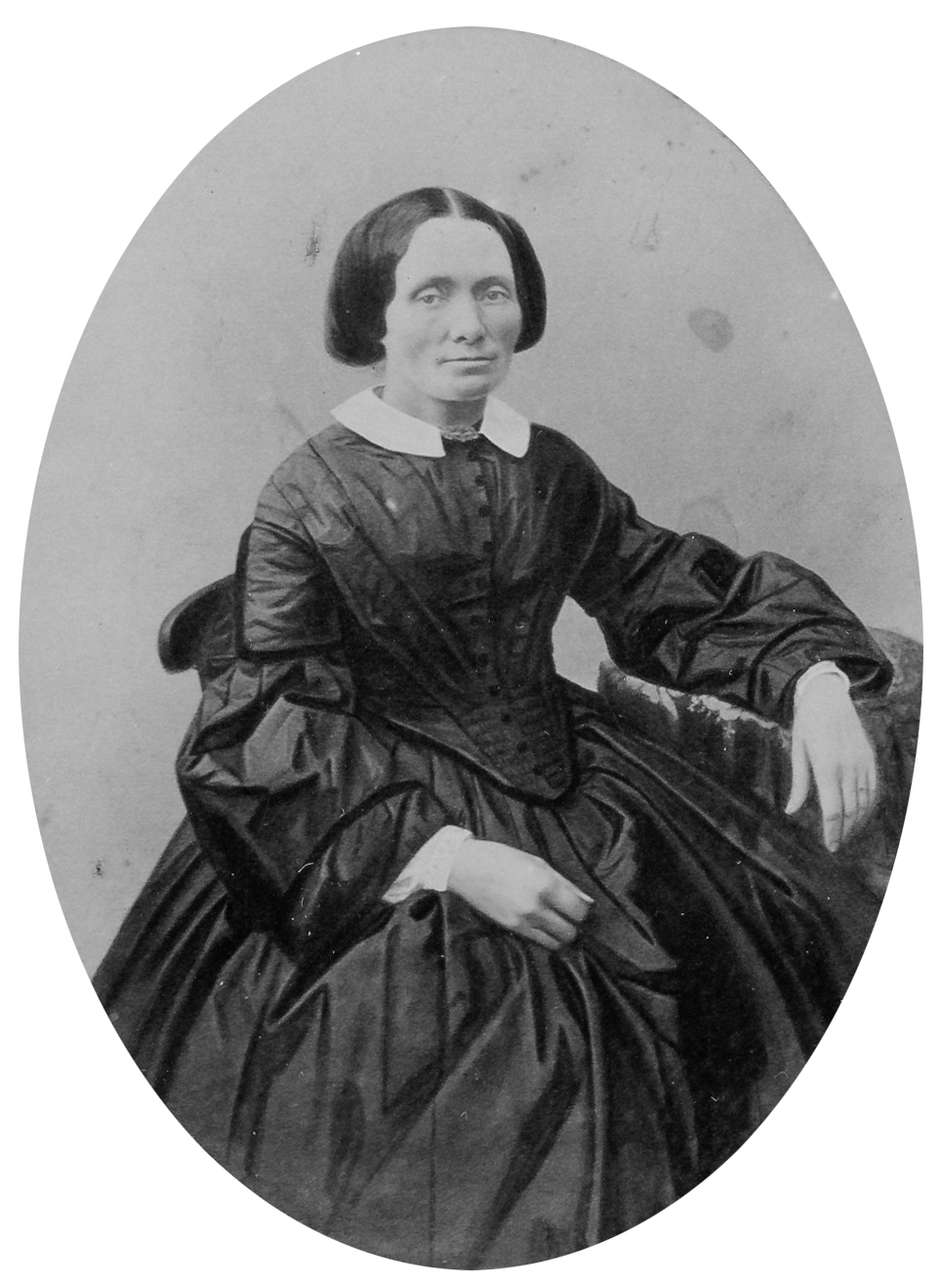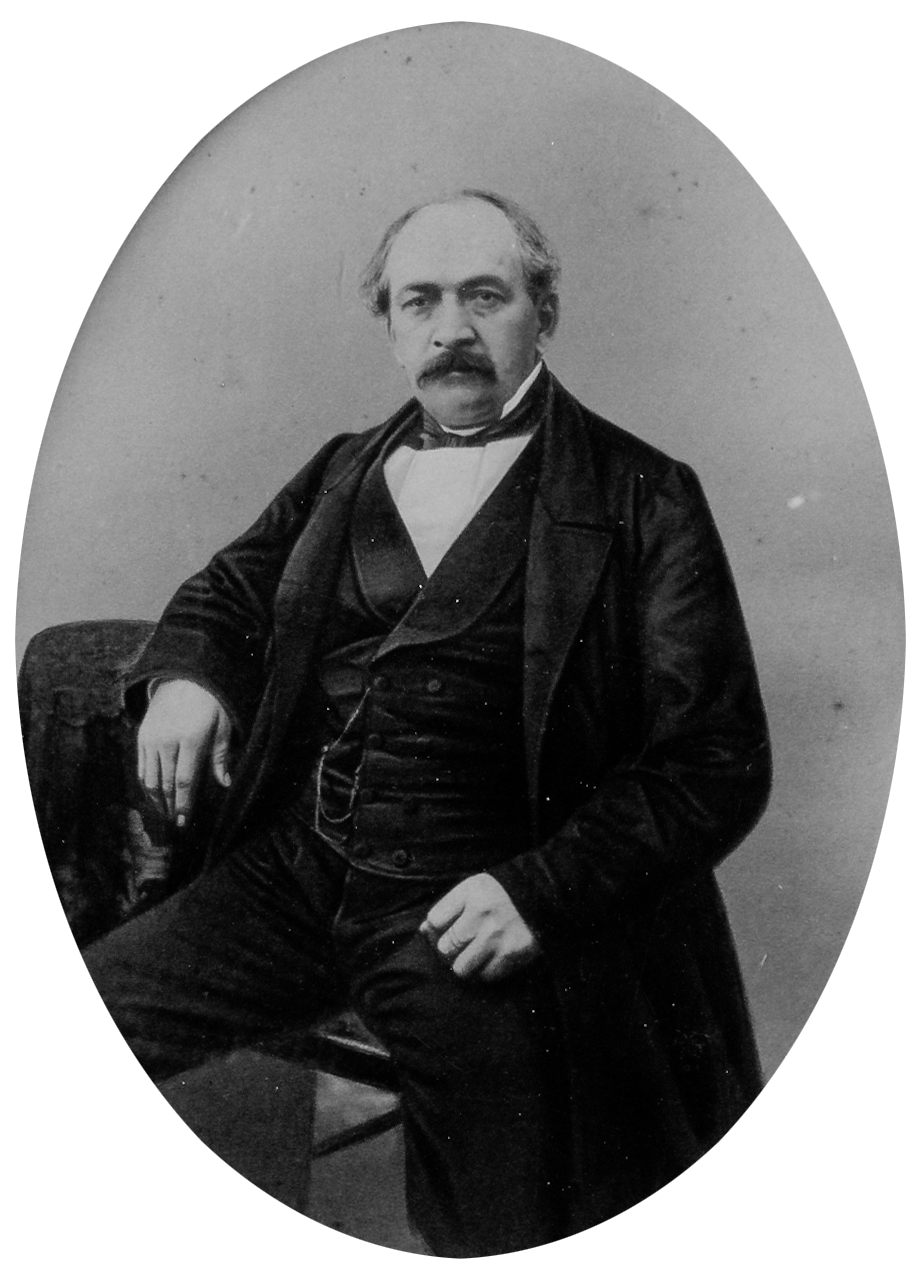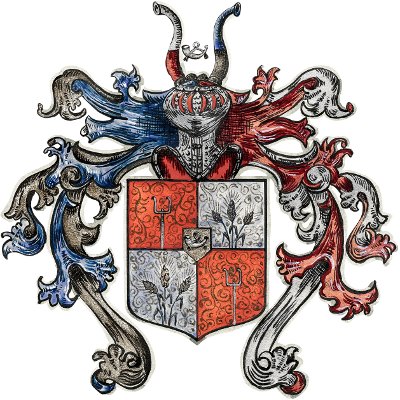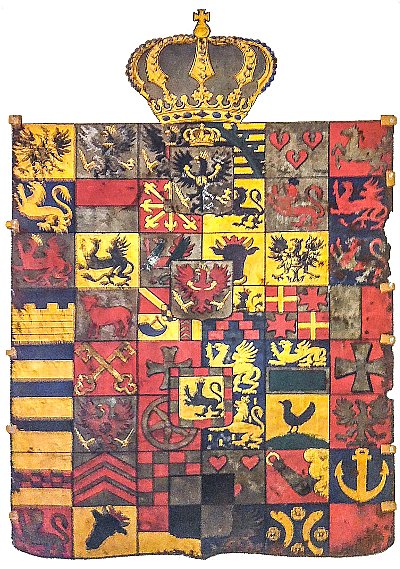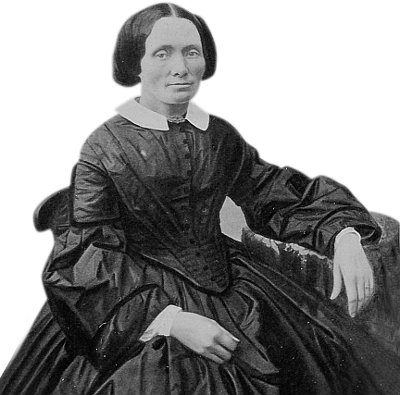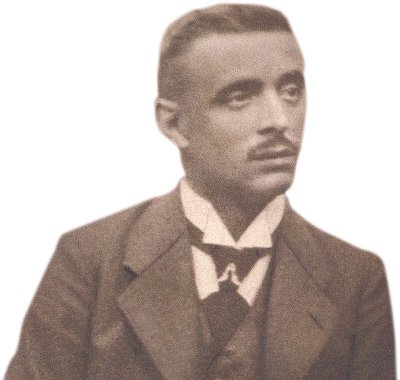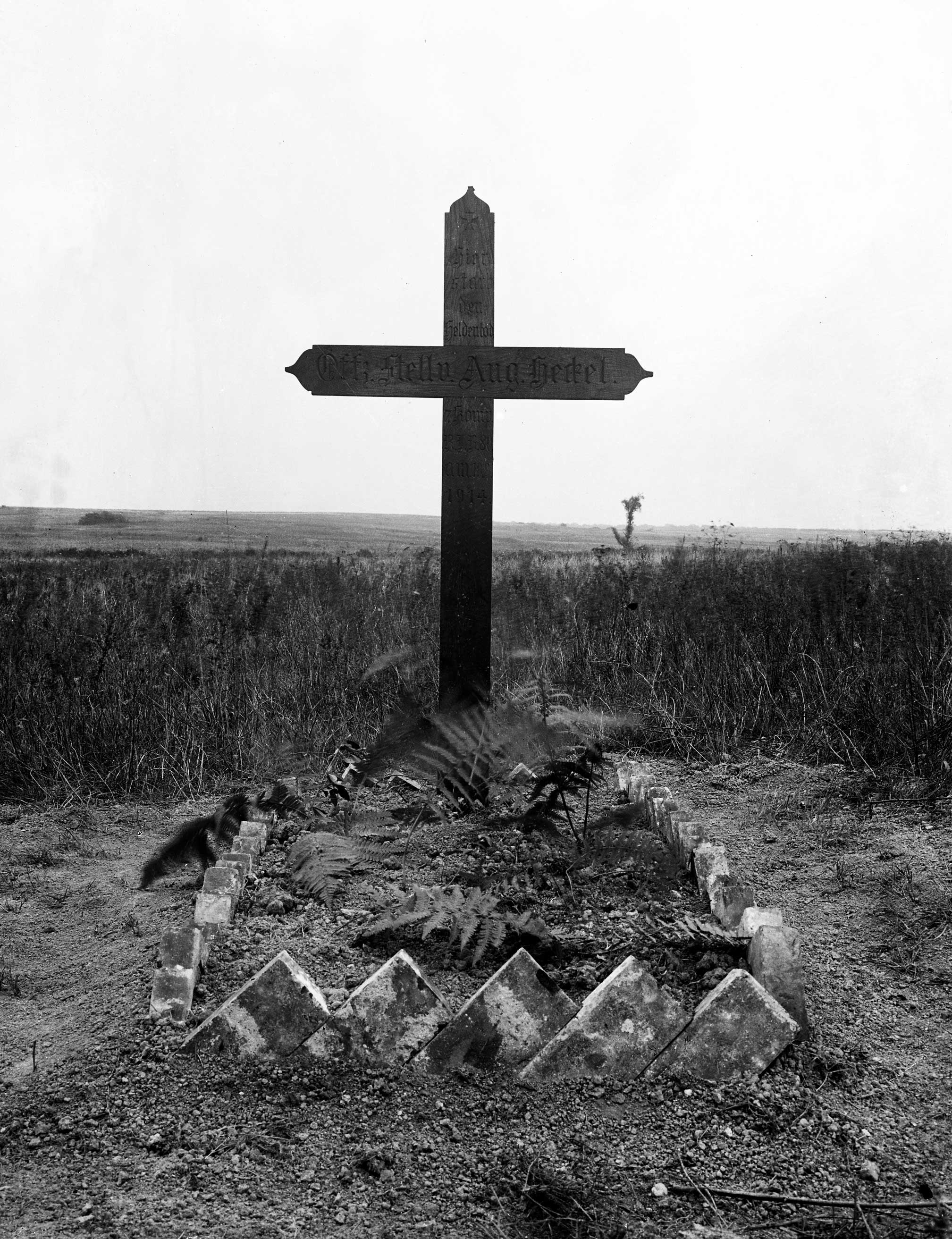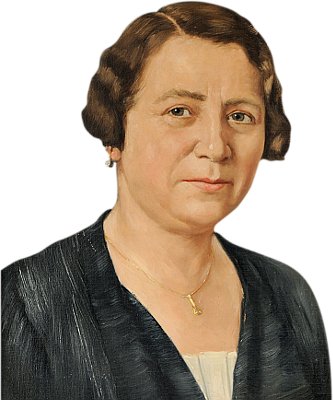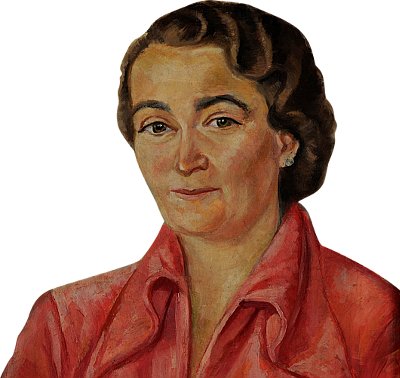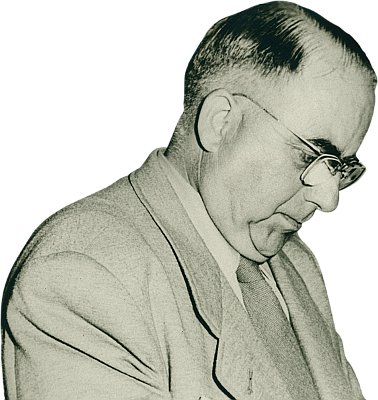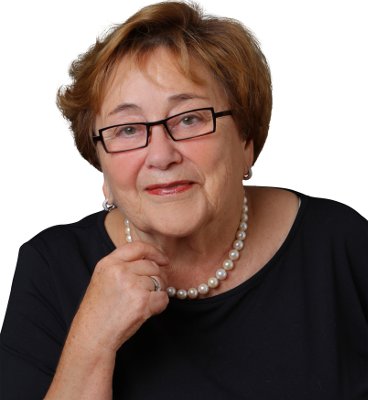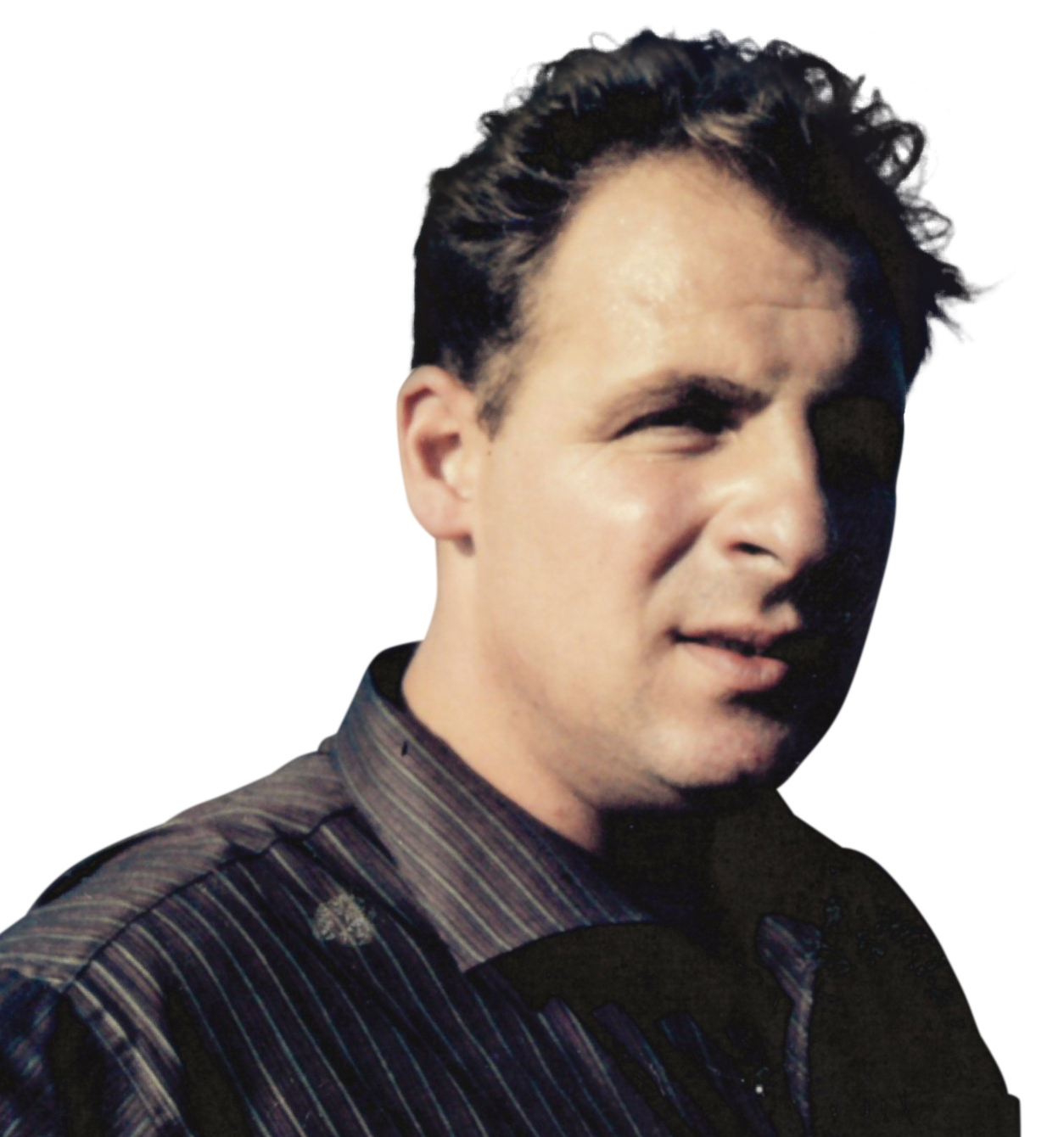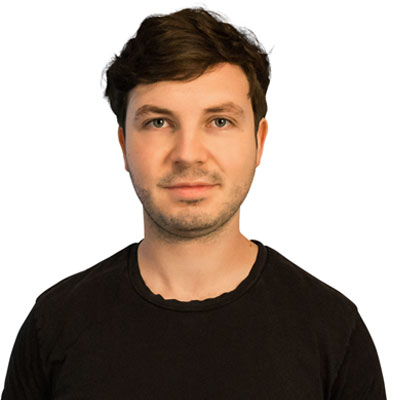Ludwig Wilhelm Georg Otto Heckel was born on 25 January 1856 in Biebrich as the only surviving son of Johann Adam and Lisette Heckel. It was his job to learn the craft in order to take over his father’s company.
After completing his apprenticeship, Wilhelm went to Dresden, where he lived with his sister Lina and learned the craft of brass instrument making from his uncle who lived there. In 1875, at the age of 19, his father sent him to Brussels, where he worked for a well-known clarinet maker. In the same year he moved to Hanover to learn the craft of flute making from the famous instrument maker, Meyer.
Following Johann Adam Heckel’s death in 1877, there was an inheritance dispute between his son, Wilhelm Heckel, and his brother, Fritz Baumart. This was followed by a public auction of the company property, which was acquired by Wilhelm Heckel. Thus, at the age of just 21, he took over the management of the company and continued to run it under the name of Wilhelm Heckel Biebrich. From this point on, Wilhelm Heckel began numbering all the instruments produced by Heckel for the first time.
In October 1878, Wilhelm married Emma, the daughter of a wealthy Wiesbaden Huguenot family. On 16 July 1879, their first son, Wilhelm Hermann Heckel, was born.
In October 1879, Wilhelm Heckel was appointed to Bayreuth at the instigation of the Viennese Court Chapel Master, Wilhelm Jahn. There he met Richard Wagner, who was thrilled with the wonderful sound of the new Heckel bassoon. In addition, Wilhelm Heckel used this opportunity to introduce Wagner to the contrabassoon for the first time after he had made a number of significant changes to the instrument.
Richard Wagner was now missing one last instrument with a double reed. He longed for an instrument whose tone lay one octave lower than the oboe and at the same time had the soft and powerful sound of the Alpenhorn. Wilhelm Heckel then began the development of the heckelphone, which was not presented to the public until 1904.
On 4 October 1880, the second son, August Heckel, was born.
In 1881 Wilhelm Heckel was appointed instrument maker to the royal Prussian court. He distinguished himself by his innovations and inventions in the field of musical instruments. Wilhelm developed numerous new flute, oboe, English horn, clarinet, bassoon and contrabassoon models.
Their first daughter, Elsa Heckel, was born in August 1890.
On 1 April 1899, Wilhelm Heckel joined the Infantry Regiment Vogel von Falkenstein for one year as a volunteer and four years later was appointed Royal Lieutenant of the Reserve.
Wilhelm Heckel always maintained good relations with the important musicians and composers of his time. Especially, the close cooperation with the composer Richard Strauss led to the development of some new Heckel instruments around 1900.
Even in distant foreign countries, interest in the instruments from Biebrich grew more and more and the first major order from Japan was received by Heckel. The order was by no means only for woodwind instruments. At that time Wilhelm Heckel had already started the production of brass instruments, which were very popular in Japan.
In September 1904 Wilhelm undertook his last major promotional tour. The reason for this tour was the first release of the heckelphone. Unfortunately, Richard Wagner was not allowed to witness the introduction of this instrument, whose development was inspired by him.
